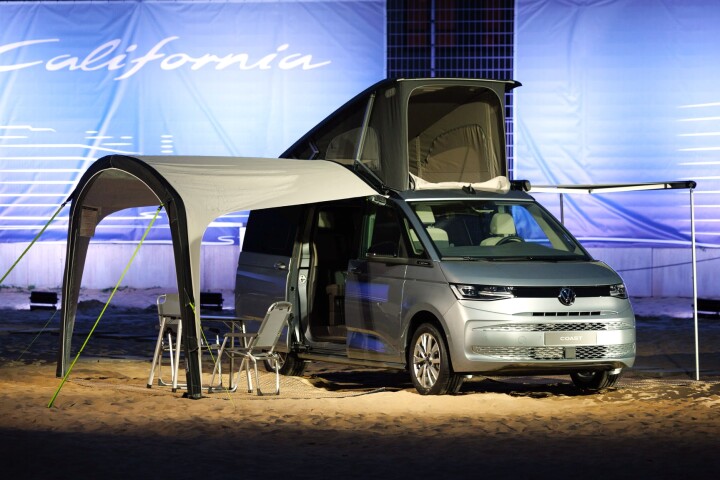The Australian Department of Defence has demonstrated what is not only the country's first laser weapon, but what is billed as the world’s most powerful portable high-energy laser, capable of taking down drones with ground-breaking precision.
With drones becoming an increasing threat, lasers are an increasingly attractive addition to the arsenal to combat them. While there are a number of different ways of countering drone attacks and intrusions, lasers have the advantages of engaging multiple targets at the speed of light with an infinite number of rounds for about a dollar a shot, not counting equipment costs.
The major powers have been pursuing laser weapons for decades and now Australia is getting into the game with the Fractl high-energy portable laser built by AIM Defence. The new system, which looks like a large surveying laser and weighs less than 110 lb (50 kg), was recently tested by the Australian Army at a tank range on the Puckapunyal Military Area in central Victoria.

The test was conducted alongside conventional anti-drone weapons. Where the latter expended a great deal of ammunition and often couldn't destroy the incoming targets until they reached close range, the laser weapon sat silently and almost still as it took out the drones.
According to the maker, Fractl can run on both battery and AC power and is designed to offer a variety of responses to drones. Not only can it destroy them with a beam the size of a 10-cent piece when they are moving at 60 mph (100 km/h) at a range of 3,300 ft (1,000 m) or burn out sensors at 4,900 ft (1,500 m), it is also a tenth of the size of similar systems and a tenth of the cost.
It can also respond by flashing warnings, dazzling sensors, or inflicting light damage. The laser can be aimed with precision using a hand controller that allows the operator to choose what part of the drone to target for maximum effect.

"You push a button to track the drone and the computer takes over, then you push another button to ‘pull the trigger’ just like a video game," said Corporal Patrick Flanagan. "With your index finger you can quickly change your aim between the drone’s video camera, center mass or one of the propellers. It only takes seconds to knock out the camera and two or three seconds to disable the rotor."
This precise control also allows the laser to make surgical attacks by cutting wires or burning explosives, as well as going for complete destruction with what is described as less power than required to boil a kettle. The targeting system can handle both individual and swarm attacks. In addition, the laser is designed to not harm any humans that might catch a reflection in the eye.
"Drones come in all shapes and sizes and you need a variety of tools to defeat the threat," said Robotic and Autonomous Systems Implementation and Coordination Office's (RICO) Warrant Officer Class Two (WO2) Eli Lea. “Shooting small multi-rotor UAS out of the sky is particularly challenging. A directed-energy weapon that can detect, track and engage those types of targets is a part of that tool set. The lessons from Ukraine are that drones are a genuine problem and if we don't do anything about it, we’re going to get a rude awakening in the next fight."
Source: Australian Department of Defence










